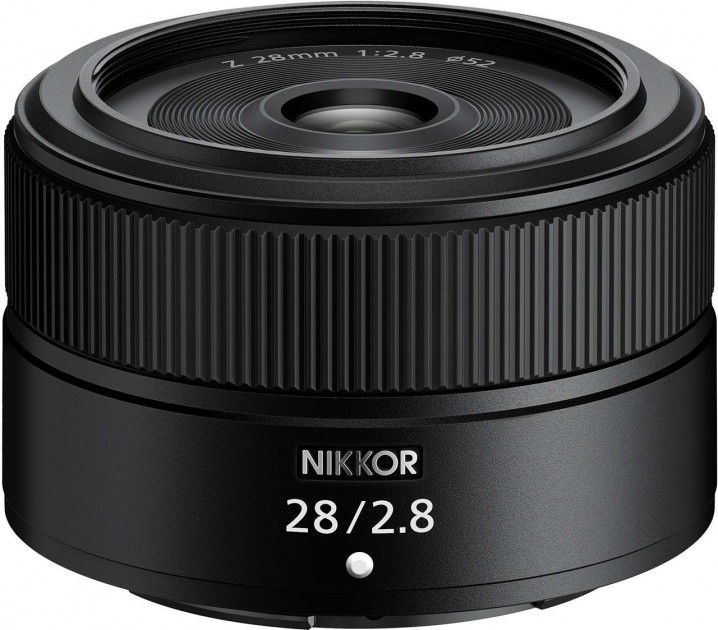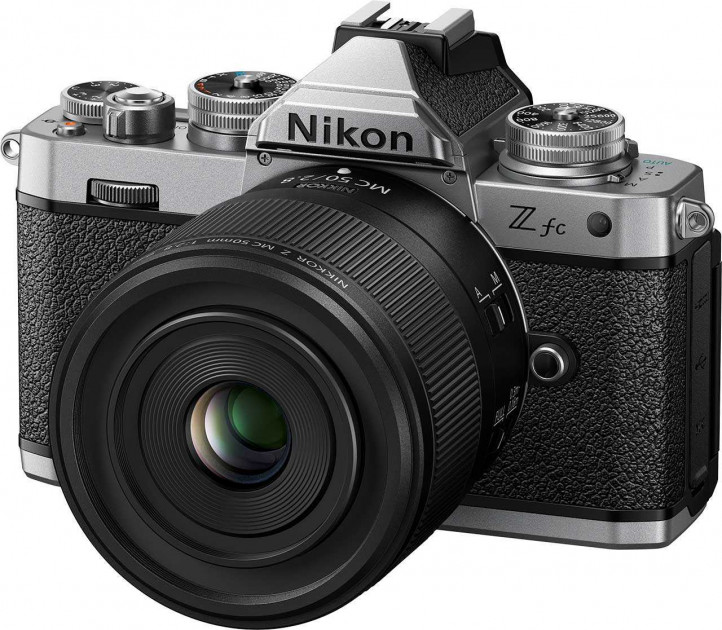The beach is his favourite place. This is where he reflects on life, and where he meets many of the people he photographs. Donato Di Camillo used a Leica M to produce Beach Body Bingo, a disarmingly honest and entertaining piece of work about people and their beachside enjoyment. He spoke to us about why he originally hated Leica cameras, but quickly developed a deep love for them.
After completing the beach series, do you (still) like spending your free time at the beach?
Yes, I absolutely love the beach. It’s my favorite place to reflect on life and meet people. Most people are relaxed and uninhibited.
How did you come up with the idea for your Beach Body Bingo series?
The idea came from a disciplinary exercise I instilled on my photography. I only allow myself 10 photos per day in an attempt to focus more on the subjects.
Your strong and very humorous pictures show beach life situations. How did you find your motifs?
People are speaking all the time through their actions. I believe if one considers the thread that connect us, it becomes second nature – at least, for me it is. Sometimes we can anticipate behavior, actions, or even resistance.
You have a very good eye for spotting special patterns and funny situations. How do you work? Do you stroll around? Or do you wait at one spot for the perfect moment?
I’m very uncomfortable standing in one spot. I feel like a cop watching people. I talk a lot with the crowds around me; I buy ice cream for kids, or soda pops for the homeless. I’ve even helped spray suntan lotion on many people. I guess I’m basically a beach-going person with a camera. If I see something I’ll go for it; if not, I just enjoy the day.
How did people react to your taking their picture?
Many photographers will tell you that people react in many different ways. I believe people can feel my passion, empathy, excitement. They know I mean no harm, so in most cases they don’t mind; but there have been a few occasions when I’ve been threatened. I’m from the streets, so I know how to defuse situations quickly; it was part of my defence mechanism growing up.
When I look at your wonderful and bright pictures, they often make my laugh or at least smile. Was this one of your intentions?
If I can evoke feeling through my photos, I think I’ve done my job. It is not easy to move people these days.
Or did you rather have a socio-political aspect in mind?
My goal is to tap into the subconscious. Many of us make photos of beautiful images, whether people or landscapes; but I feel it’s important that the soul is projected through any image. If that makes sense to you.
What kind of equipment – which camera type, which lenses – did you use?
I love Leica! Especially the M series. I had my MP 240 with a few multiple lenses stolen on a gig a few years ago. I was so upset. Now I work with a Q.
What did you enjoy most while handling the equipment?
At first I absolutely hated my Leica M. I had never used an all manual camera before, so it was very challenging. The pictures were garbage, out of focus; but, as time went by, I began thinking, taking my time, concentrating on light, and on composition, etc. Soon I came to love the feeling of having a Leica in my hands.
As far as the technology is concerned, were there any tricky situations?
I never thought about the elements, like the sand. I was too excited about the photos I wanted to make. The difficult part was mostly to do with light and composition.
How did you realize the pictures? Did you often use a flash?
I think using a flash is frowned upon by many Leica users. But in my case I think it worked well on the beach, creating a garishness to the photos.
How would you describe your photographic approach?
I think I’ve matured a lot as a photographer, but I’m very much a kid at heart. Having said that, I would have to say that I always approach my photography with complete excitement, solace, empathy and understanding. I love people…
What in your opinion characterizes a “perfect” photo?
One that evokes feelings; something you’re sure to look back on.
Please complete the following sentence: Photography for me is…
…like playing my favorite, unwritten song.
Donato Di Camillo began realizing how powerful photography can be while locked up in federal prison. Through reading books and magazines, Di Camillo came to realize how influential a medium it is. It gave him a means to explore outside the confines of his mind; but it was not until his release from prison that he was able to express himself and speak through images: the dark world he knew so well would soon turn to light. Find out more about his photography on his website and Instagram channel.









